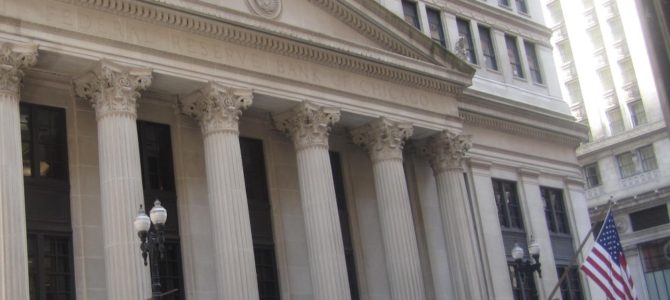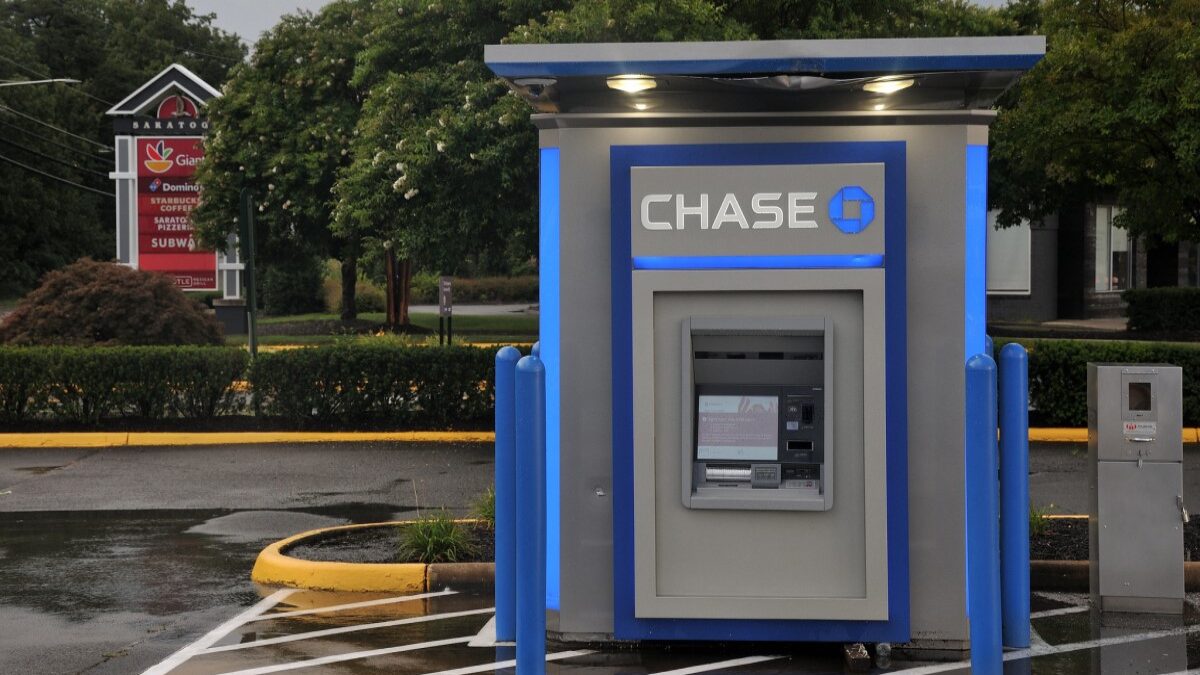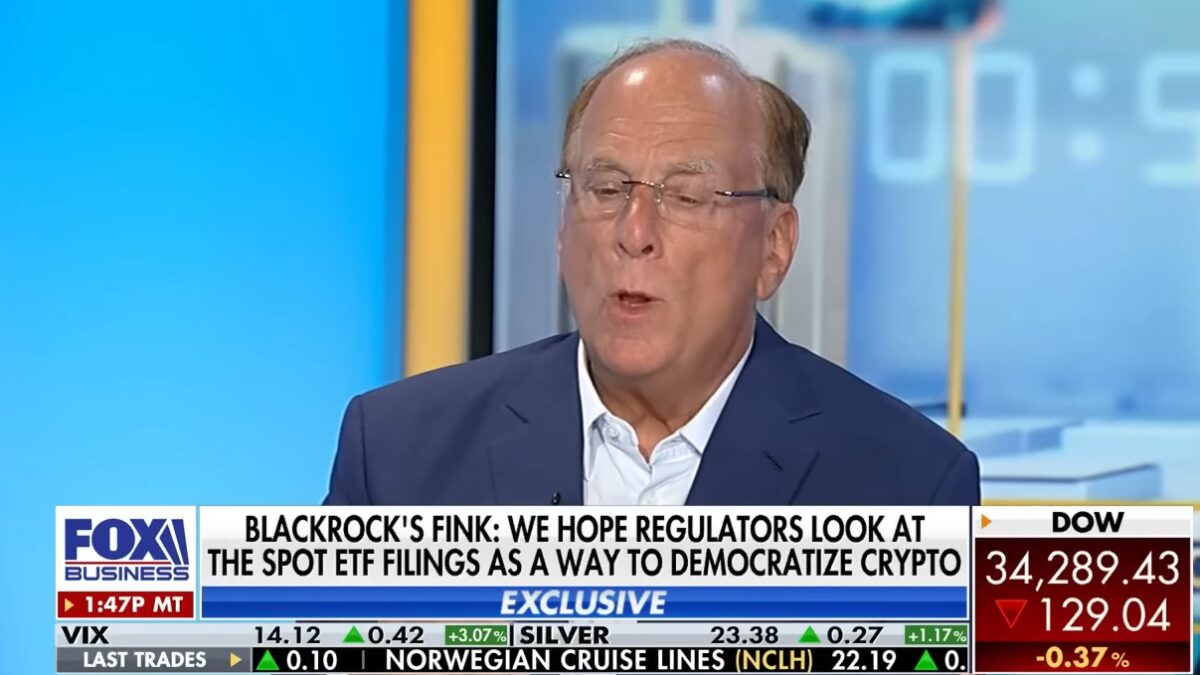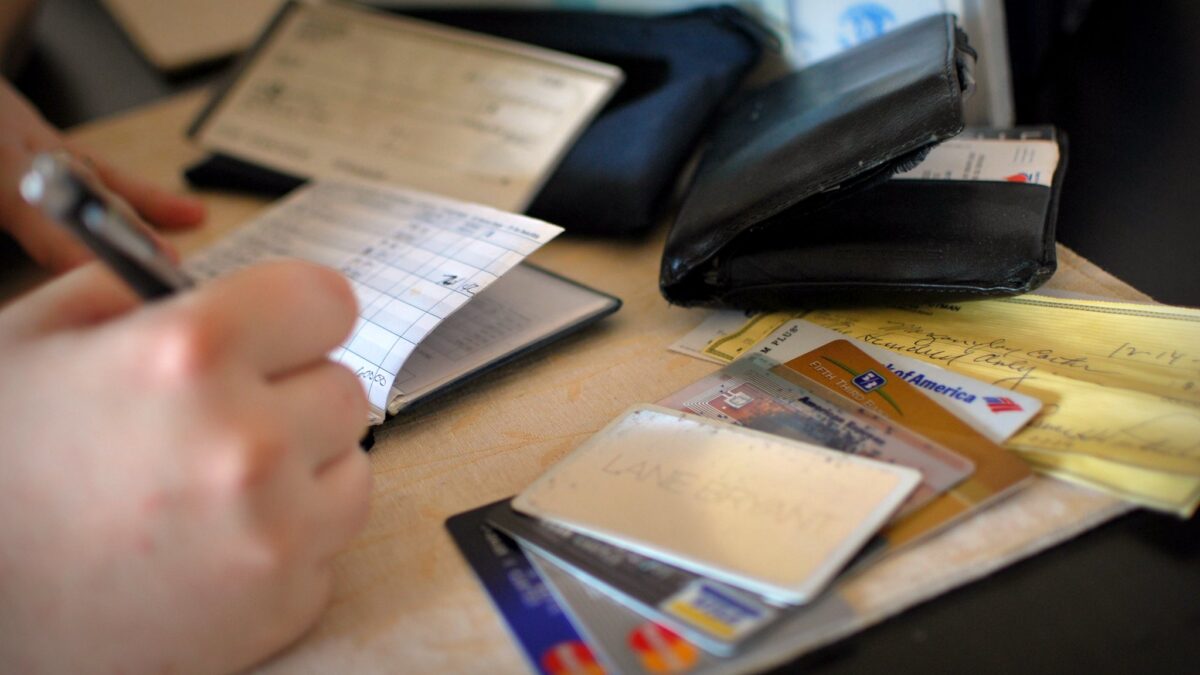
The inflation tax that working families face under the Biden presidency has many root causes. But one of the biggest involves an individual most Americans have not heard of: Jerome Powell, chairman of the Federal Reserve Bank.
Just as inflation has reached a 30-year-high of 6.2 percent—more than three times the Fed’s inflation target of 2 percent—the central bank keeps on printing more money, and plans to continue doing so for many months more. Powell’s insouciant “What, me worry?” approach to “fighting” inflation has drawn increasing criticism from surprising quarters, yet Biden may reappoint Powell to a second stint as Fed chairman when his current term expires in February.
With progressive groups and lawmakers like Sen. Elizabeth Warren, D-Massachusetts, pushing for Biden to dump Powell, some Republican senators seem inclined to support his renomination, on the grounds that any replacement Biden proposes would have a far more radical agenda on matters like bank regulation. But conservatives who vote for Powell’s reconfirmation run the risk of “owning” the Fed’s easy-money policies, and the inflationary spikes that have accompanied them.
Printing Money…
Nobel Prize-winning economist Milton Friedman famously called inflation “always and everywhere a monetary phenomenon.” With inflation occurring when too much money chases too many goods, any study of the current inflation spike must start with the Federal Reserve’s role. Even now, roughly 20 months after COVID first caused major lockdowns and shocks to the American economy, the Fed has kept its foot on the monetary accelerator, printing money via “quantitative easing” to juice economic growth.
Since March 2020, the Fed has purchased $120 billion per month in Treasury bonds and mortgage-backed securities. As a PBS “Frontline” special illustrated this past summer, the Fed kept driving its metaphorical car at 100 miles per hour, well after the emergency shock to the economy from last spring’s lockdowns had passed. But in doing so, the Fed has pumped up asset prices in housing, stocks, and other financial instruments, causing dangerous bubbles that could eventually “pop”—with nasty economic consequences.
Just this month, the Fed finally announced it would take its foot off the monetary accelerator, but only slightly. It will taper its purchases by $15 billion per month, printing “only” $105 billion in cash in November, $90 billion in December, and so on. At that rate, however, the Fed will still inject an additional $420 billion into the economy between now and the time its purchases end at the end of May—again, this while inflation continues to run at 30-year highs.
Little wonder then that Sen. Joe Manchin, D-West Virginia, in a document he signed along with Majority Leader Chuck Schumer, D-New York, back in July, agreed to proceed to a budget resolution paving the way for Democrats’ multi-trillion-dollar spending bill only if the “Federal Reserve ends quantitative easing.” Unfortunately, Manchin didn’t stick to his terms, because if he had, the Fed would have avoided pumping an additional $780 billion into the economy from August 1 through the Fed’s intended end of its money-printing program next May.
… And Monetizing Federal Debt
And make no mistake: The actions of the Fed in printing money don’t just accelerate inflation on their own, they also help facilitate passage of Democrats’ big-spending agenda. In a speech last October, Powell made his intentions for more “stimulus” clear: “The recovery will be stronger and move faster if monetary policy and fiscal policy continue to work side by side to provide support to the economy until it is clearly out of the woods.”
In other words: Democrats should continue their big-spending agenda—and Powell and the Fed will keep buying up the Treasury bonds that fund it. Unsurprisingly, House Speaker Nancy Pelosi followed Powell’s October 2020 speech with a call for more “stimulus” measures.
Some may have forgotten about it, but the $1.9 trillion package that Democrats rammed through this past March still has $709.8 billion to spend out in the current fiscal year (which ends next September 30) and beyond. Moreover, the multi-trillion-dollar spending bill Democrats want to ram through Congress yet this year will likely increase the deficit—and therefore inflation—in its first few years, although we have yet to see a Congressional Budget Office score to learn the precise amount.
If the Federal Reserve had already stopped its quantitative easing programs, and begun raising interest rates, Democrats likely wouldn’t have spent this fall trying to ram through trillions of dollars in new entitlement spending. Without the Fed buying up much of the available Treasury notes, bond markets may have taken a very dim view of the left’s plans to create a European socialist state, and the bill could have collapsed before it got off the ground.
‘Fire Jay Powell!’
With Powell and the Federal Reserve effectively fiddling as inflation burns white-hot, more analysts have called for stronger action from the nation’s central bank. Influential economic analyst Mohamed El-Arian said on Monday that “the Fed is losing credibility” by not ending its money-printing operations sooner. Even Jason Furman, who chaired the White House’s Council of Economic Advisers in Barack Obama’s second term, called for faster action from the Fed to fight inflation in a Wall Street Journal op-ed:
The oversize and poorly designed $2.7 trillion fiscal stimulus passed in December and March is at least partly to blame for [higher inflation in the U.S. than in Europe]….The [Federal Reserve] should express a more realistic understanding of inflation and firm up monetary policy by tapering its asset purchases more quickly. The Fed should set the default expectation that the federal-funds [interest] rate will be on an upward path starting in the first half of 2022.
With experts like these laying a good chunk of the blame for inflation at the foot of a lackadaisical Federal Reserve, Senate Republicans shouldn’t confuse their messaging on price hikes by voting for the creator of that Fed strategy. Instead, they should make an affirmative case for replacing Powell as chair—hopefully this coming spring, but after the 2024 presidential election at the latest.









